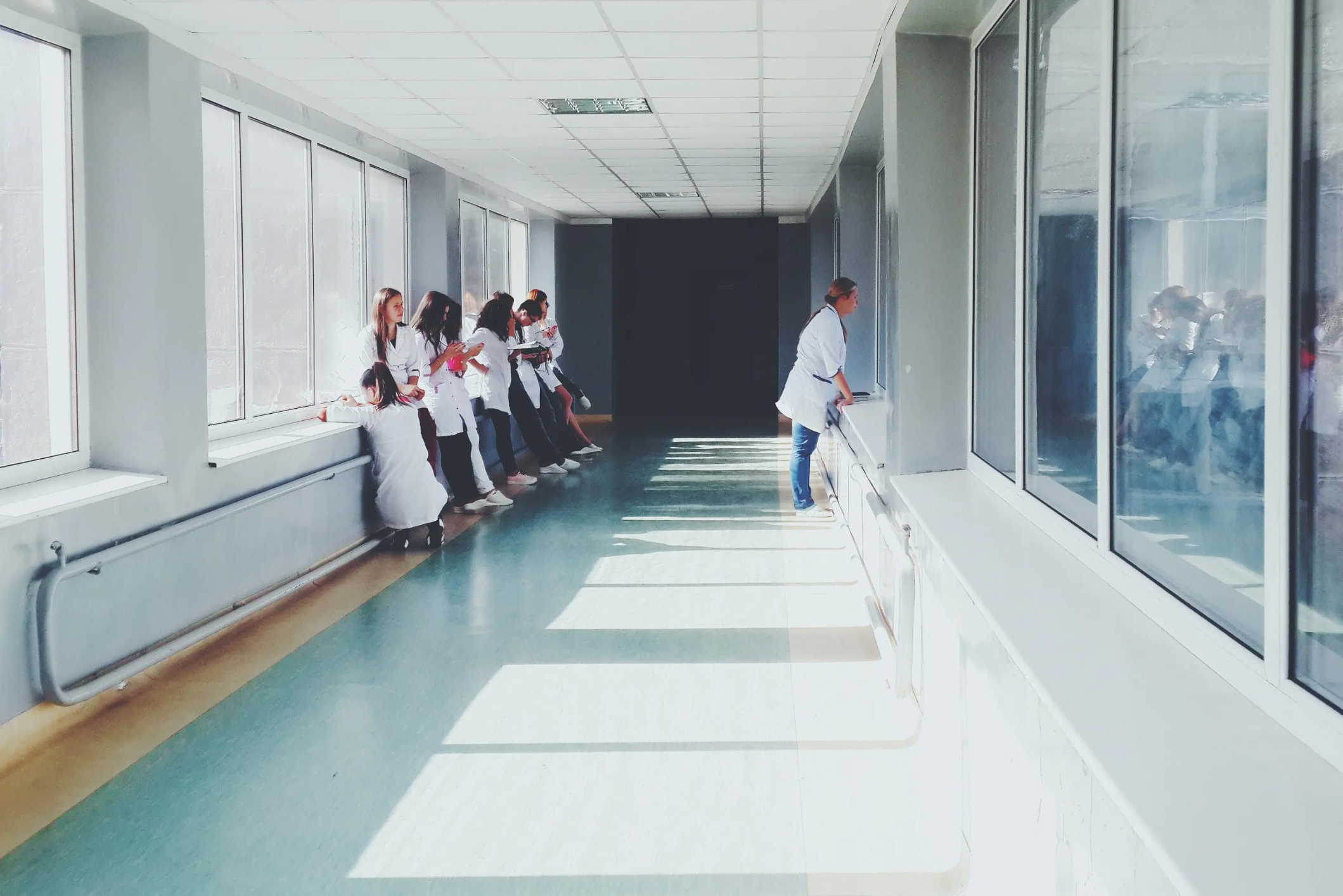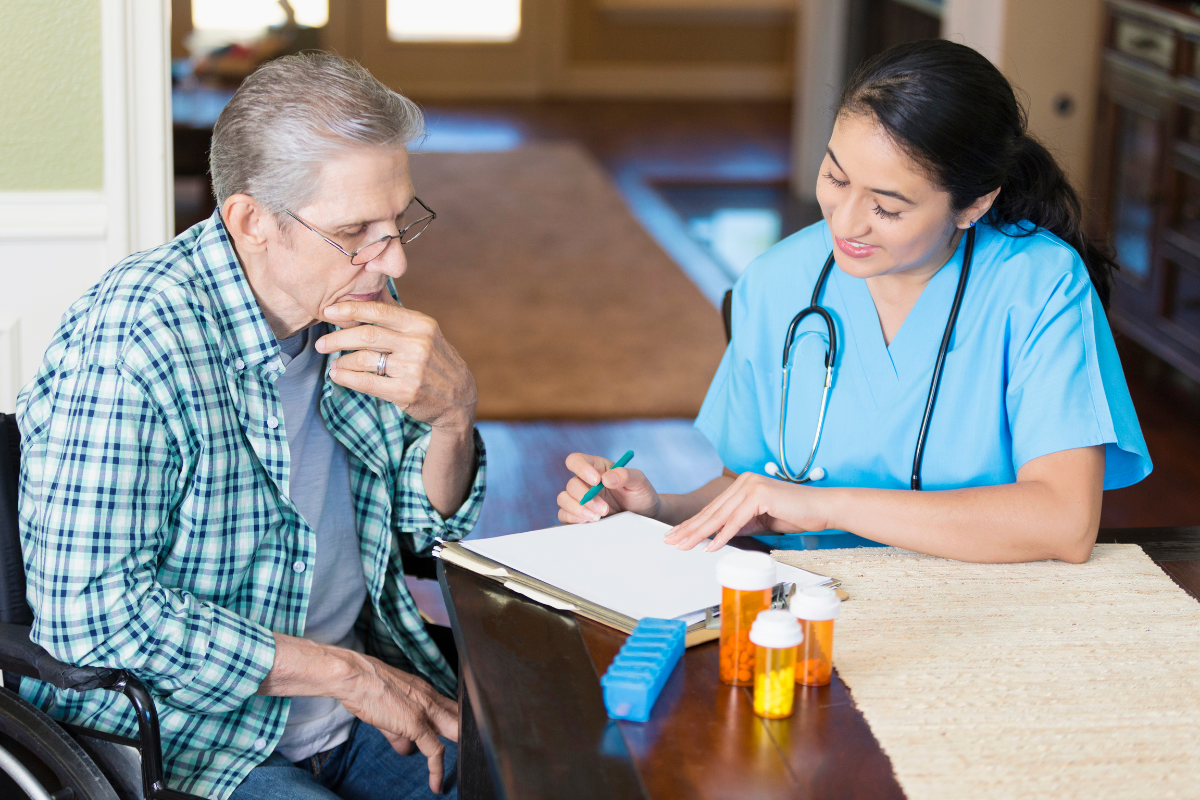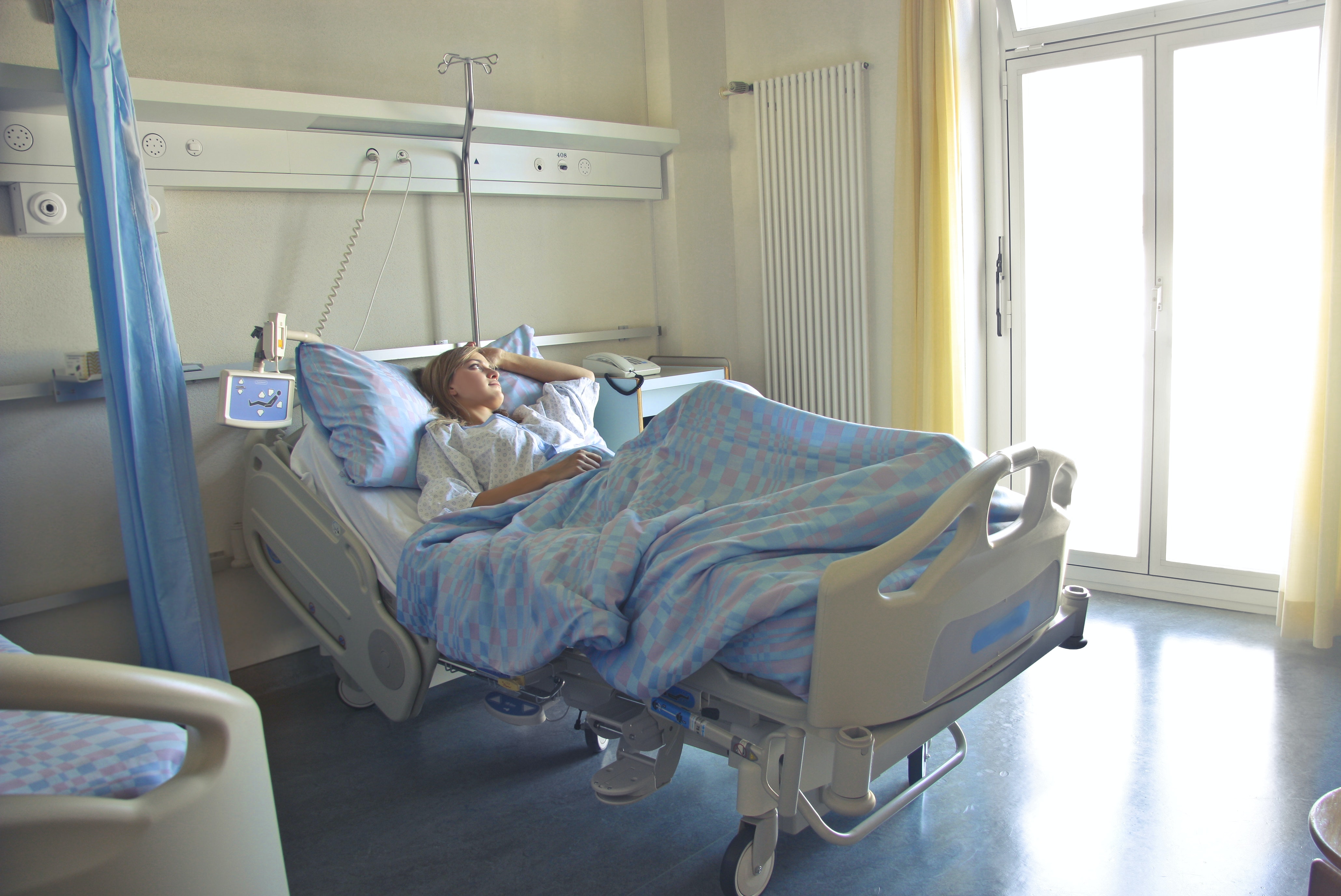Patient Safety
How do hospitals and clinics ensure patient and medication safety?
Four leading health care institutions in Singapore share about their world class quality patient safety culture and practice. Medication safety is one of the main concerns in upholding patient safety.
Patient safety is of utmost importance. Good patient outcome is dependent on the premise of patient safety protocols embedded within our operations. We are glad that our patients and partners recognise our consistent outcome with their continued patronage.
Ho Kuen Loon
GCEO of Fullerton Health
Patient safety is a non-negotiable item in healthcare delivery system. All healthcare institutions are subjected to operate within the Ministry of Health (MOH) healthcare system. Singapore’s healthcare system requires patient safety and risk management activities as part of the licensing and re-licensing terms. In the spirit of World Patient Safety Day 2022: Medication without Harm, we interviewed four distinguished and exemplary healthcare institutions in Singapore about Patient Safety culture, specifically About the Doctordication safety, in their place – SingHealth, Farrer Park Hospital (FPH), Fullerton Health, and Mount Alvernia Hospital (MAH).
Follow us on Telegram for the latest updates: https://t.me/AsiaMDsg
All healthcare institutions which held high standard of quality care develop and implement patient safety culture. At Farrer Park Hospital (FPH), the Hospital Medical Board is responsible to drive quality improvement and risk management activities with multiple subcommittees as part of the clinical quality assurance framework. At Fullerton Health, the key departments involved in ensuring patient safety would be Clinical Quality Governance, Operations and Service Quality. In 2017, the SingHealth Duke-NUS Institute for Patient Safety & Quality (IPSQ) was established to integrate resources to eliminate preventable harm and improve patient experience and outcomes by building and cultivating a strong patient safety culture. Mount Alvernia Hospital (MAH) inculcates a culture of safety through various frameworks, such as the Quality Assurance Framework (QAF), the Incident Management Framework (IMF), and the Pathway of Innovative (PII) framework.
What do hospitals and clinics do to monitor and evaluate patient safety?
There are programs which are developed in-house to build a safer healthcare system, such as patient safety training, audits and assessments of safety incidents, patient safety dashboards and patient safety challenges and awards. Promoting open, transparent, and non-blaming culture in the hospital is one of the main strategies.
SingHealth developed TeamSPEAK™ and THRIVE Programme which aims to promote psychological safety to enhance speaking up culture and foster joy/well-being at work, respectively. Farrer Park Hospital encourages staffs to log in safety incidents into the hospital occurrence reporting system and convene root cause analysis, with the goal to take corrective actions and risk reduction strategies with continued monitoring and evaluation. Mount Alvernia Hospital initiates Quality Innovators (QI) training and Patient Safety Leadership Walkabouts (PSLW) to provide support and suggestions on their current QI projects, and organises annual Quality Day event.
Patient safety is our top priority and a non-negotiable item! It is our Farrer Park Hospital’s (FPH) commitment to reduce risks and prevent harm from reaching patients through a culture of continuous improvement that must be firmly rooted. We promise to embrace quality and patient safety wholeheartedly through the commitment of lifelong education for all healthcare professionals. It all starts with me and my peers.. believing in it, drives our organization’s behavior in transforming FPH into a safe environment for patient care.
Dr Timothy Low
CEO Farrer Park Hospital
What are the indicators for patient safety in the hospital?
To objectively measure and evaluate quality health care and patient safety practice, the hospitals set several indicators which align with the International Patient Safety Goals (IPSG), such as:
- Unscheduled return to emergency clinic within 72 hours after discharge
- Notification of critical results to requesting physician within 1 hour
- Hand hygiene compliance
- Environmental hygiene
- Vaccination rate
- Methicillin-resistant Staphylococcus aureus (MRSA) bacteraemia
- Prescription error
- Wait time
- Compliance to Standard Operating Procedure
- Reports on near miss incidents
- Number of serious reportable events
- Etc
How do the hospitals ensure delivering medications without harm to the patients?
Adopting an electronic medication system allows a seamless and harmless process from prescribing, transcribing, verification and dispensing of medications for administration to patients.
- Prescribing and transcribing of medication orders through electronic system lower the risk of errors due to illegible handwriting in manual orders. This automated system eliminates the risk of human error in administration.
- Verification of medication orders by qualified pharmacists prior to administration. Pharmacists will evaluate the drug indication, dose frequency, drug-drug interactions and drug-food interactions, potential allergies or adverse effects, and any other contraindications.
- Dispensing medication is done by pharmacist through standard processes such as packing by bin codes, double checking, and alert prompts for high alert medications.
- Administration of medication by nurses requires scanning the medication barcode beforehand. This ensures accuracy check against doctor’s medication order in the system. Innovative medical device such as Syringe Brake is used to ensure that the user administer the correct dose with correct labelling and adequate communication.
What do the hospitals do to educate patient to use medication without harm?
Patients play an important role in medication safety, hence patient counselling and patient education services are crucial to enhance medication safety and improve patient compliance.
Patient counselling is provided to all inpatient and outpatient patients upon dispensing by the pharmacists. Patients will be educated and counselled on their drug indications, dosage regimen, common side effects to watch out for as well as any food restrictions or contraindications if applicable.
Patient education materials are provided, such as information leaflets, education videos that play in the waiting rooms, or in the form of QR codes found on posters or on the walls which will take them to a website where e-copies of all of the healthcare provider’s health education materials are available.
What are the impacts and implications of the ongoing COVID-19 pandemic for patient safety strategy and practice in the hospitals?
The pandemic conditions did not dampen the spirit of patient safety culture. The hospitals adapt by conducting patient safety training through virtual meetings. COVID-19 surveillance testing is continued to protect patients and staffs. Testing for COVID-19 has become mandatory practice for all patients and visitors upon admission and entering the hospital premises. Utilizing technology, telemedicine has become one of the new normal practice which allows quality health care to be delivered while protecting patient and staff from the risk of COVID-19 infection.
Patient Safety is the cornerstone of high-quality and high-reliability health care. It aims to prevent and reduce any potential risks, errors and harm that may occur during the provision of health care, so as to achieve the best possible health care outcomes. Patient Safety is a high priority in SingHealth, and an increasingly important topic of focus in Singapore and the world.
Professor Tan Kok Hian
Group Director, SingHealth Duke-NUS Institute for Patient Safety & Quality



















